| Questo sito non utilizza Cookie |
|
|
|
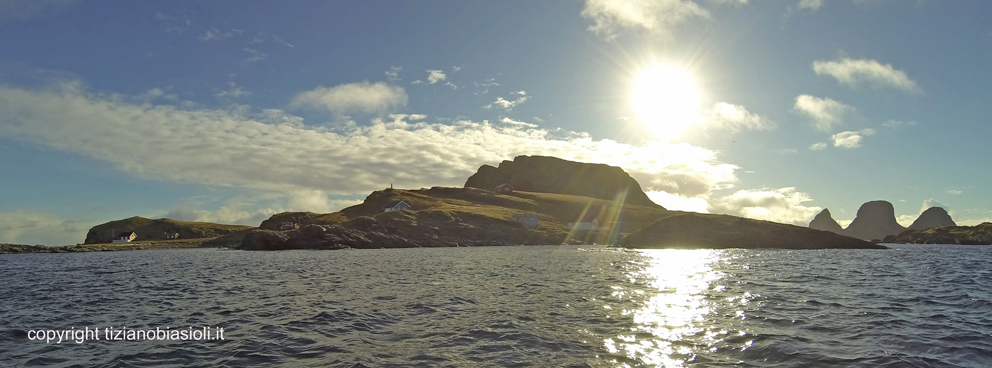 |
| Isola di Sand°y |
|
|
|
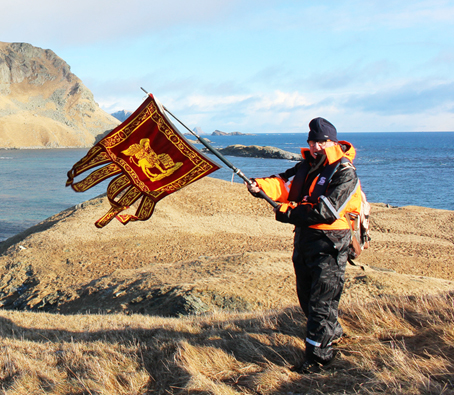 |
|
|
|
Da una ventina d'anni ho cominciato ad apprezzare il baccalÓ e anche il suo odore che caratterizzava per alcuni mesi i banchi di alimentari sotto il Salone di Padova, il supermercato "ante litteram" di origine medioevale nel centro della cittÓ del Santo. Da allora ho sempre desiderato andare a vedere il mare delle Isole Lofoten in Norvegia dove viene pescato il merluzzo e, soprattutto, i luoghi dove Ú essiccato. Mi affascinava il paesaggio di queste rastrelliere sulle quali viene appeso il merluzzo che con l'aria ed il sole dopo alcuni mesi diverrÓ stoccafisso. Da qualche anno, poi, di Querini e del suo tragico naufragio se ne parla e se ne scrive sempre pi¨ spesso. Dopo aver letto un paio di libri sull'avventura dello "scopritore" del baccalÓ, dopo aver ripreso l'Isola di Creta, dalla quale era partito, era per me diventato un "imperativo categorico" raggiungere le isole Lofoten e soprattutto quella di Sand°y, dove approd˛ nel 1432 Pietro Querini dopo il naufragio della sua nave Quirina, distante migliaia di chilometri dalla sua iniziale meta delle Fiandre. Finalmente l'8 marzo 2016 ho potuto metter piede su questo "grande scoglio". Far sventolare la bandiera di San Marco, farmi fotografare accanto alla stele ricordo dell'evento postata qui nel 1932, osservare che ancora la spiaggia offre i frutti di mare con i quali si erano cibati i naufraghi secoli fa Ŕ stata una grande emozione! Iniziamo con questo reportage una serie di servizi fotografici che presenteranno la pesca, la lavorazione, i musei e l'iconografia del merluzzo e dello stoccafisso. |
|
|
|
About twenty years ago I started to appreciate the stockfish and even itĺs smell that characterized for some months the food banks in the Salone of Padua, the supermarket "ante litteram" of medieval origin in the center of the City of Santo. Since then I have always wanted to go to the Lofoten Islands in the Norwegian sea where cod is fished and most of all to see the places where it is dried. I was fascinated by the landscape of these racks on which the cod was hung that after a few months with the air and the sun would become stockfish. Besides, for some years it has being spoken and written of Pietro Querini and his tragic shipwreck more and more often. After reading a couple of books on the adventure of the discoverer of stockfish, after filming the island of Crete, from where he departed, it became for me a "categorical imperative" to reach the Lofoten Islands and especially Sand°y, where Pietro Querini landed in 1432 after the sinking of his ship Querina, thousands of kilometers from its initial goal of Flanders. Finally on the March 8, 2016 I managed to land on this "big rock". To fly the flag of St. Mark, to have my picture taken next to the monument that remembers the event, posted here in 1932, to find out that the beach still offers seafood that fed the shipwrecked centuries ago, it was a great emotion! With this report we begin a series of photo shoots telling about the fishing and processing of cod and the museums and iconography of cod and stockfish. |
|
|
|

|
|
|
| Ancor oggi, come al tempo di Querini, sulla spiaggia di Sand°y si trovano bovoli e conchiglie commestibili; e forse l'erba con la quale cercavano di preparasi una minestra Ŕ quella che abbiamo calpestato. |
|
|
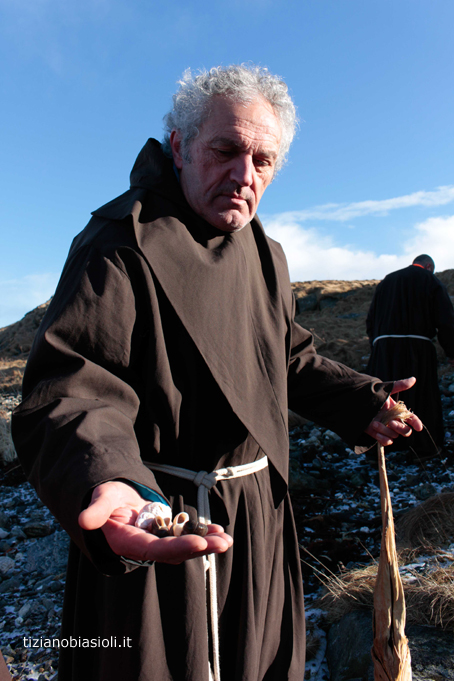
|
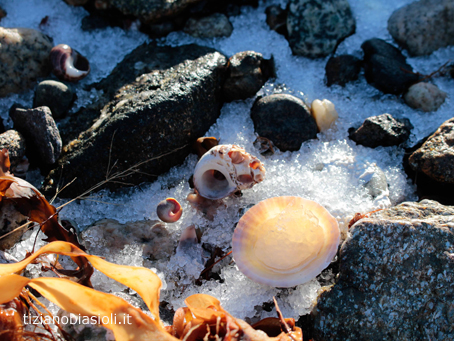 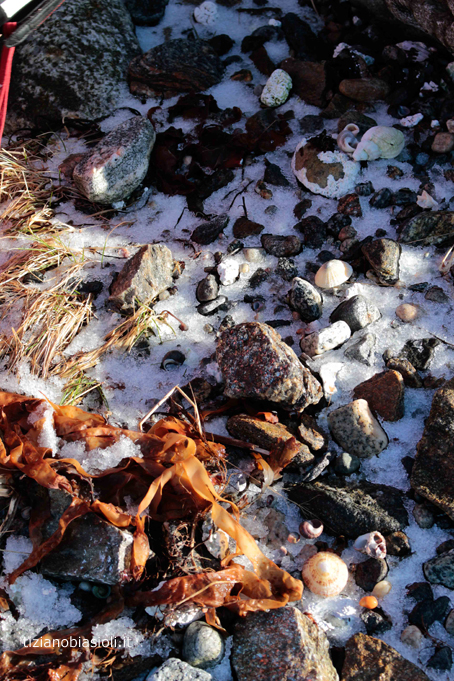 |
|
|
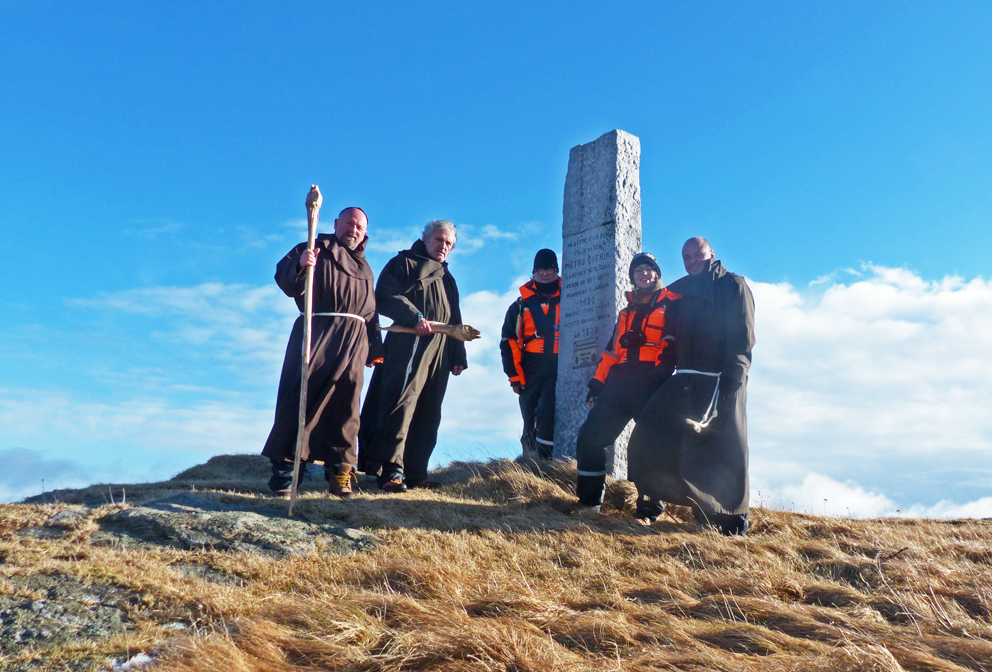 |
|
|
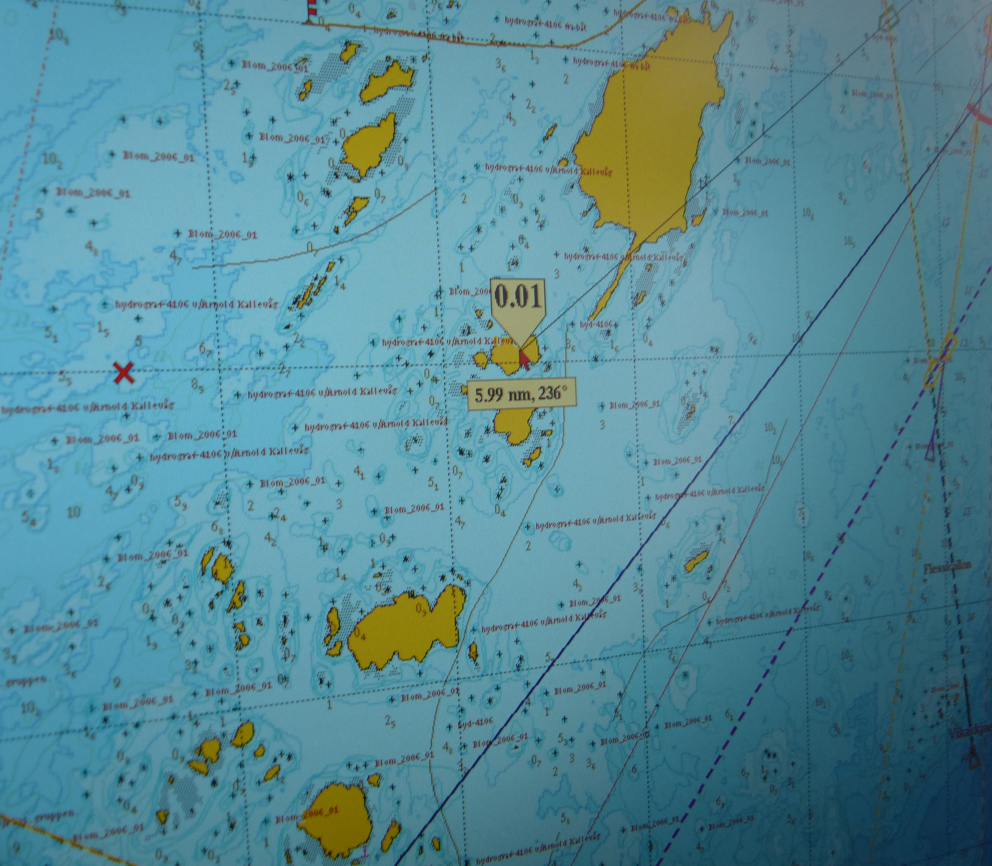 |
| L'Isola di Sand°y, segnata con la freccia 0.01 |
|
|
|
Ringraziamo: la societÓ Dante Alighieri
di R°st, il Comune di R°st, i Frati dello Stofiss di Rovereto, la gastronomia Il Ceppo di Vicenza |
|
|
|
|
| contatti: cell. 339 5909202 - info@belleepoquefilm.it |